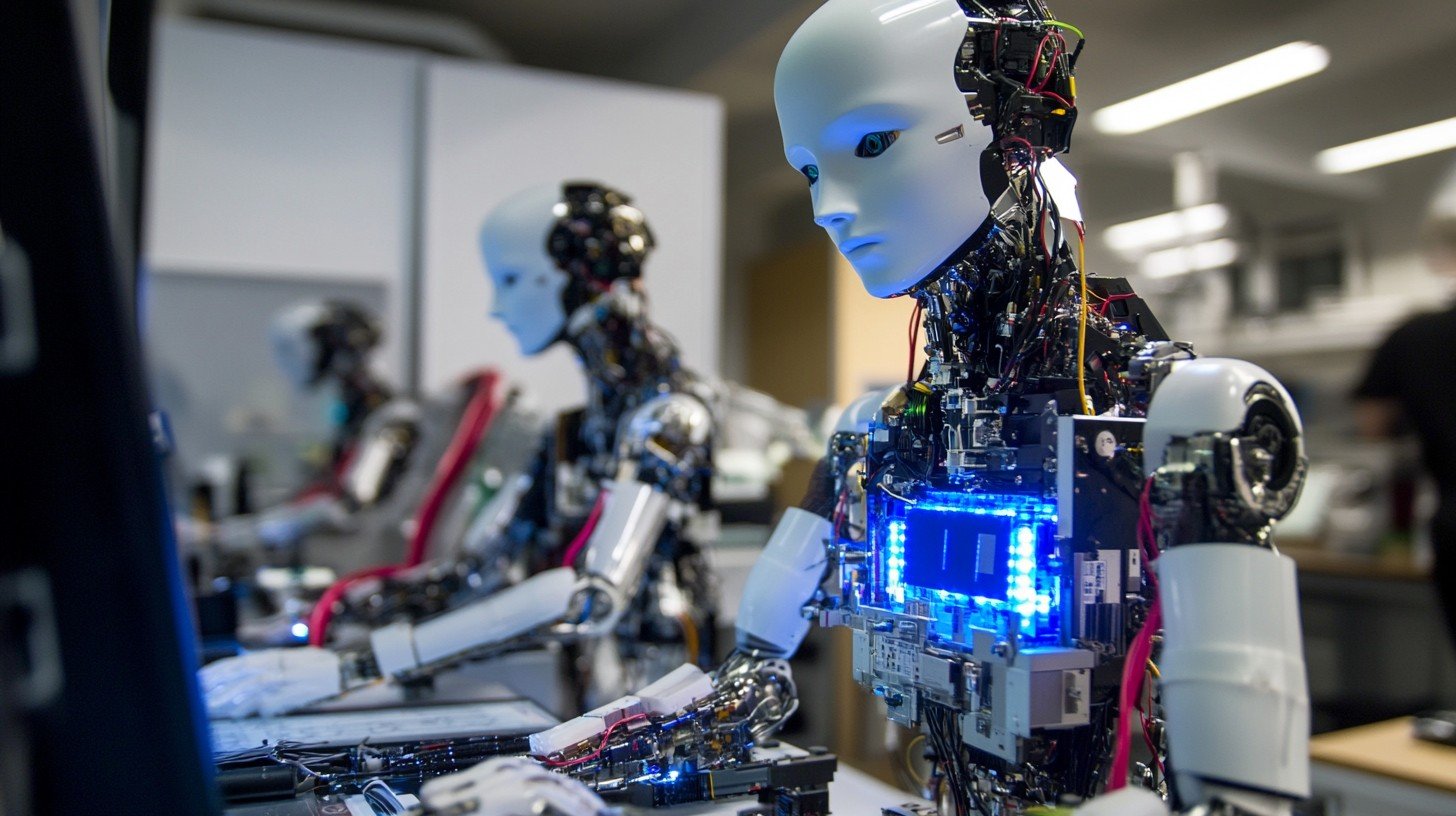The world of robotics is changing faster than ever, and at the heart of this revolution stands Elon Musk and Tesla. After years of speculation, Musk has officially confirmed that the Tesla Bot Gen 3—the company’s most advanced humanoid robot yet—will debut in Q1 2026, likely in February or March. But that’s not all.
In true Musk fashion, he went a step further, hinting at plans for Generation 4 and Generation 5 of the Tesla Bot—models that could reshape how we think about artificial intelligence, human labor, and the future of automation.
According to Musk, the upcoming generations of Optimus (Tesla Bot) could reach production volumes of up to 10 million for Gen 4 and an astonishing 50–100 million for Gen 5. Such claims sound unbelievable—but then again, so did reusable rockets and mass-market electric vehicles not long ago.
So, what exactly is happening with the Tesla Bot project? How different will Optimus Gen 4 and Gen 5 be compared to the Gen 3 model? And could this new generation of humanoid robots truly redefine the future of human work? Let’s break down everything you need to know.
Elon Musk’s Game-Changing Announcement
During Tesla’s Q3 2025 earnings call, Elon Musk dropped several bombshells that sent both investors and tech enthusiasts into a frenzy. As predicted by leaks, he confirmed that the Tesla Bot Gen 3—known internally as Optimus V3—is ready for unveiling in early 2026.
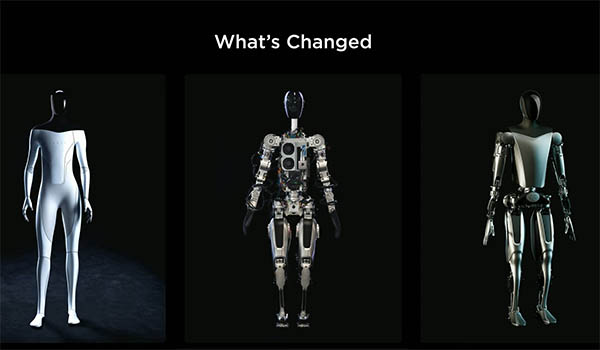
But what truly captured global attention was his bold prediction for future generations of the Tesla Bot. Musk announced plans to mass-produce the Gen 4 model with 10 million units, followed by Gen 5, which could see up to 100 million units worldwide.
He even joked that the new version would be so realistic that “you’ll have to poke it to believe it’s a robot.”
In Musk’s words, the new Optimus won’t just look human—it will move, act, and respond like one, blurring the line between man and machine.
Tesla Bot Gen 3: The Foundation of a Revolution
Before diving into the next generations, it’s important to understand how far Tesla has already come. The Tesla Bot Gen 3 (Optimus V3) represents a massive leap forward from the early prototypes shown during Tesla’s AI Day in 2022.
Musk revealed that the production-intent prototype will feature:
- An OLED display face for expressive communication.
- Grok AI integration, Tesla’s advanced conversational and learning system.
- Hyper-realistic humanlike hands capable of fine manipulation.
- A fully enclosed design that hides wiring, actuators, and joints, creating a seamless, almost organic look.
According to Tesla engineers, Optimus Gen 3 will be so lifelike in motion and proportion that it will be nearly impossible to distinguish it from a human being at a distance. The robot’s natural movement and coordination will open possibilities across factories, healthcare, and domestic environments.
Behind the Scenes: How Tesla Is Already Using Optimus
While consumers haven’t yet seen a commercial release, Tesla’s own factories are already deploying Optimus units for real-world tasks. They’ve been spotted carrying components, serving food at Tesla events, and even performing kung fu demonstrations during the Tron: Ares premiere, leaving audiences stunned.
These are not science fiction stunts. They demonstrate that Tesla’s humanoid robots can already handle fine motor control, balance, and sensory awareness at levels rarely seen in robotics.
Elon Musk confirmed that these are Optimus 2.5 prototypes, and what’s coming with Gen 3 will make them look primitive by comparison.
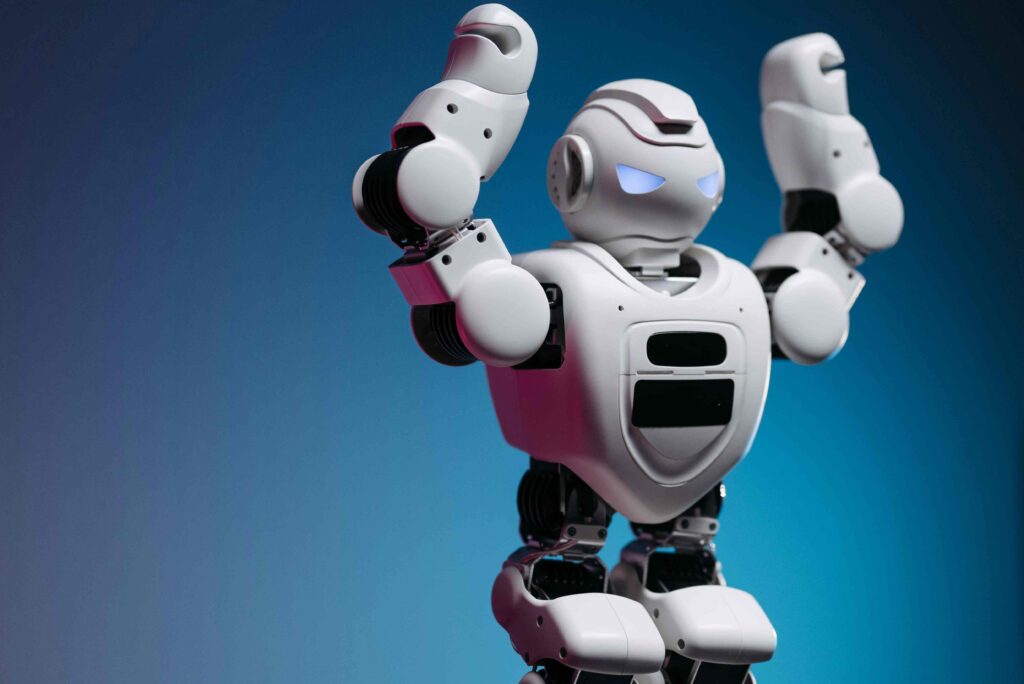
The Big Leap: From Gen 3 to Gen 4 and Gen 5
Optimus Gen 4 – Scaling the Future
Musk stated that Optimus Gen 4 is where mass production truly begins. Tesla aims to produce 10 million units, signaling an industrial scale never before achieved in humanoid robotics.
With Gen 4, Musk envisions robots working seamlessly alongside humans in manufacturing, logistics, healthcare, and even education. Each robot would operate 24/7, tethered or untethered, offering five times the annual productivity of a human worker.
That’s because an Optimus robot can theoretically work 8,760 hours per year, compared to an average of 2,000 human work hours. This 5x productivity factor could redefine the global economy, lowering labor costs while increasing efficiency.
Optimus Gen 5 – Humanity’s Largest Workforce
When it comes to Optimus Gen 5, Musk’s ambitions reach an entirely new level. The plan? To produce 50 to 100 million robots globally.
If achieved, that would make humanoid robots the single largest product category ever manufactured by humans—surpassing even the global smartphone market.
But beyond the numbers, Gen 5 is where Tesla’s AI systems will mature into networked intelligence. Each robot will learn autonomously and share data across Tesla’s AI cloud, creating a collective learning system that grows smarter with every interaction.
This is Musk’s vision of a “robotic neural network”—a world where every Optimus learns from the experiences of all others, creating exponential growth in intelligence and efficiency.
The Engineering Challenge: Humanlike Hands and Perception
One of the most difficult engineering problems Tesla has faced in the development of Optimus is the creation of realistic, functional hands. Musk admitted that this challenge alone has delayed production several times.
Designing hands capable of humanlike dexterity requires combining:
- Precision actuators for fine motor control.
- Tactile sensors for object recognition.
- Advanced AI software for real-time feedback and adaptation.
Musk compared this task to “building an entire robot just for the hands.” Still, Tesla continues to refine its mechanical and sensory systems, making sure the robot can not only grip, twist, and lift but also understand the weight and texture of objects.
Once perfected, these hands could make Optimus indispensable in fields like manufacturing, surgery, and elder care.
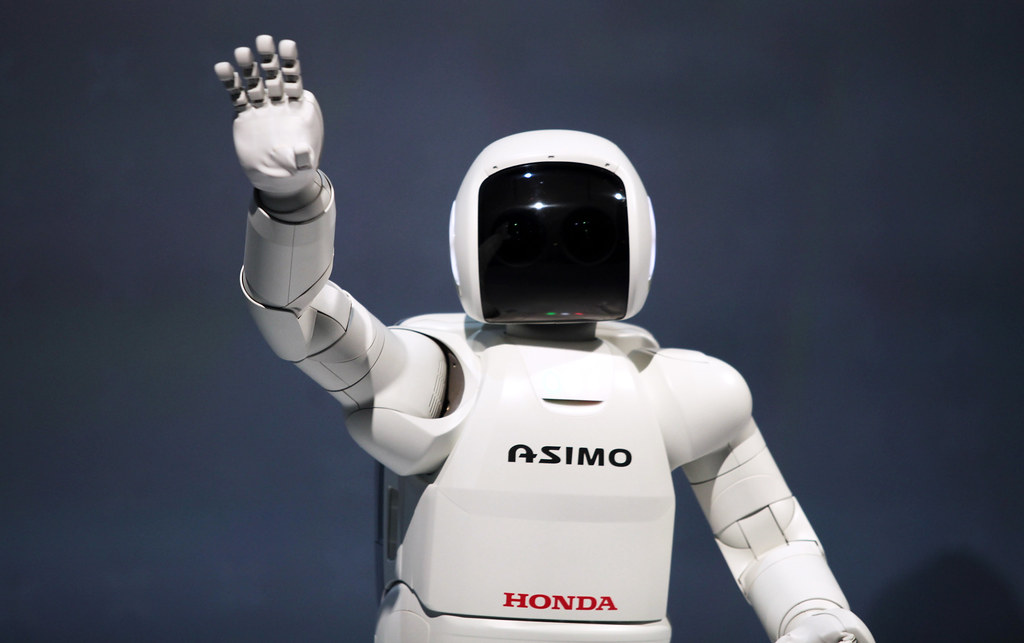
How Optimus Could Transform Entire Industries
1. Manufacturing and Logistics
With Tesla’s advanced robotics platform, Optimus could soon become the backbone of future factories. Each robot could perform repetitive tasks—assembly, sorting, inspection—without fatigue, mistakes, or downtime.
This would allow companies to maintain 24/7 operations and drastically reduce human labor costs while increasing safety and output.
2. Healthcare and Surgery
Perhaps the most exciting prospect is Optimus in healthcare. Musk has openly stated that the Tesla Bot could become an excellent surgeon in the future. With precision-guided AI, it could perform delicate procedures with absolute accuracy, free from tremors or fatigue.
Beyond surgery, Optimus could also handle:
- Patient transportation and mobility support.
- Medication delivery and monitoring.
- Elderly and disability assistance.
- Sterilization and hospital maintenance tasks.
By integrating AI with robotics, Tesla could redefine medical care, reducing human workload while improving patient safety and efficiency.
3. Everyday Household Assistance
Imagine a world where a robot not only cleans your home but also cooks your meals, cares for your children, and even reminds you to take your medicine.
Elon Musk’s long-term vision for Optimus is not limited to factories—it’s deeply personal. He imagines a future where robots improve quality of life for everyone, handling repetitive or physically demanding work so humans can focus on creativity, relationships, and innovation.
Optimus could soon become a 24/7 personal assistant, always alert, always ready, and always learning.
Collective Learning: The Rise of a Global Robot Network
One of Tesla’s biggest advantages lies in its AI and data ecosystem. Each Optimus robot will be connected to a shared learning platform, similar to Tesla’s Autopilot and Full Self-Driving (FSD) networks.
This means that when one robot learns a new task—like folding laundry or performing a new factory process—every other robot instantly learns it too.
This collective AI framework ensures that the more Tesla Bots exist, the smarter and more capable they all become. Over time, this could evolve into the world’s first decentralized robotic intelligence system, operating under Tesla’s control.
Safety First: Tesla’s Commitment to Human Protection
Despite the bold vision, Musk repeatedly emphasizes that safety remains Tesla’s top priority. Before commercialization, every Optimus unit must undergo rigorous testing to ensure it can interact safely with humans.
Tesla has implemented strict safety protocols, including:
- Automatic emergency stop systems.
- Grip strength and movement limiters.
- Comprehensive object and facial recognition.
- Ethical behavior programming to prevent harm.
Musk has made it clear that Optimus will not be released to the public until Tesla is confident it can operate safely and autonomously in real-world environments.
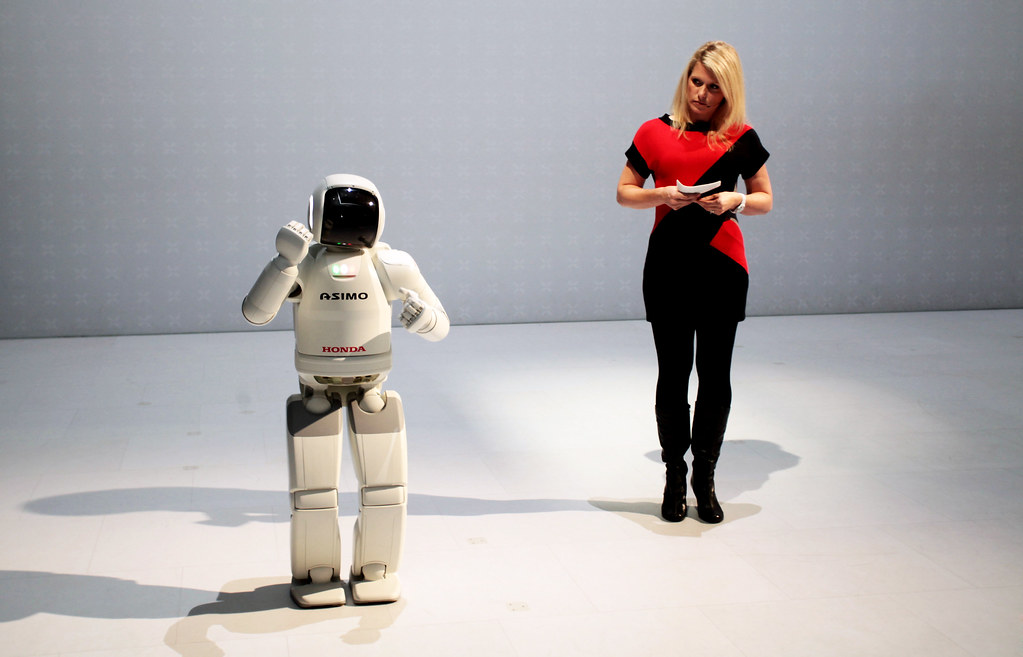
The Economic Revolution Ahead
When Elon Musk talks about producing millions of robots, he’s not just discussing a product—he’s describing a new economic era.
If Tesla can successfully mass-produce humanoid robots, it could:
- Drastically reduce labor costs across industries.
- Redefine job structures, shifting humans toward creative and strategic roles.
- Create a trillion-dollar robotics market that could surpass even the EV industry.
However, this also raises important social and ethical questions. What happens to human employment when robots outperform people in nearly every task? Musk insists that the end goal isn’t replacing people—but empowering humanity to live better lives through technology.
Why Musk Is Skipping Gen 2 and Gen 3 for Mass Production
Some critics have questioned why Musk is already talking about Gen 4 and Gen 5 when Gen 3 hasn’t even launched yet.
The answer lies in Musk’s strategic acceleration philosophy. He believes that smaller, incremental steps can slow progress and risk losing the lead to competitors like Figure AI, Boston Dynamics, or Agility Robotics.
By skipping intermediate generations and focusing directly on scalable, autonomous models, Musk aims to fast-track mass production and global deployment.
In his words, “Scale defines success.”
He envisions a world where millions of Optimus robots operate globally, reshaping productivity and social structures. To achieve that, Tesla must leap ahead—not crawl.
Musk’s True Motivation: Control Over AI’s Future
Behind Musk’s decisions lies a deeper concern about the ethics and control of artificial intelligence. He’s repeatedly said he’s uncomfortable with developing powerful AI systems without sufficient oversight.
By maintaining strong influence over Tesla’s robotics and AI programs, Musk believes he can guide their evolution responsibly, ensuring these technologies remain aligned with human values.
Critics call it a power grab—but Musk frames it as stewardship. In his mind, he’s not just building machines—he’s shaping the moral framework of future AI.
The Road Ahead: 2026 and Beyond
Tesla’s official roadmap now includes a production-intent prototype for early 2026, with plans to build 1 million Optimus units annually by 2027.
If successful, Tesla would not only dominate electric vehicles but also lead the humanoid robotics industry, opening the door to an entirely new economic category: robotic labor as a service (RLaaS).
The implications are massive. From healthcare and education to logistics and hospitality, Optimus could redefine what it means to work, live, and interact in the 21st century.
Conclusion: Visionary Leap or Reckless Gamble?
There’s no denying it—Elon Musk’s vision for the Tesla Bot Gen 4 and Gen 5 is breathtakingly ambitious.
Whether you view it as a bold step into the future or a reckless gamble depends on how much faith you have in Tesla’s ability to execute.
One thing’s for sure: if Musk succeeds, humanity is on the verge of a new industrial revolution—one not powered by steam or electricity, but by artificial intelligence and robotic lifeforms.
So, what do you think?
Is Elon Musk’s decision to skip Gen 2 and Gen 3 a visionary masterstroke—or a dangerous overreach that could backfire if the technology isn’t ready?
FAQs
1. What is the Tesla Bot (Optimus)?
The Tesla Bot, officially named Optimus, is a humanoid robot being developed by Tesla under the leadership of Elon Musk. It’s designed to perform human-like tasks such as manufacturing, caregiving, cleaning, and more, using advanced AI and robotics technology derived from Tesla’s self-driving systems.
2. When will the Tesla Bot Gen 3 be released?
According to Elon Musk, the Tesla Bot Gen 3 (Optimus V3) will be revealed in Q1 2026, likely around February or March. This model will be the first production-intent prototype, ready for public demonstration and initial deployment in Tesla’s factories.
3. What are the main features of the Tesla Bot Gen 3?
The Optimus Gen 3 will feature:
- A realistic humanlike design with hidden actuators and wiring.
- An OLED facial display for expressive communication.
- Grok AI integration for natural conversation.
- Highly advanced hands capable of fine motor control.
- Smooth, fluid humanlike movement and balance.
4. What makes Tesla Bot Gen 4 different from Gen 3?
Optimus Gen 4 is designed for mass production at a scale of 10 million units. It will feature improved AI responsiveness, better durability, and full factory-ready capabilities. This version aims to make humanoid robots economically viable for both businesses and individuals.
5. What will Tesla Bot Gen 5 do?
Tesla Bot Gen 5 is expected to be a fully autonomous, self-learning humanoid robot. Elon Musk projects that between 50–100 million units could be produced, forming a global robotic workforce capable of performing tasks in manufacturing, healthcare, education, and personal assistance.
6. How much will the Tesla Bot cost?
Tesla has not yet announced an official price, but industry estimates suggest the first consumer versions could cost between $20,000 and $30,000, roughly comparable to a mid-range electric vehicle. Over time, prices may fall as production scales up.
7. Can Tesla Bot replace human jobs?
While Optimus could automate millions of repetitive tasks, Elon Musk insists the goal isn’t to replace humans, but to augment productivity. Humans would focus on creative, strategic, and emotional work while robots handle physical and routine labor.
8. How will Tesla Bot be powered?
The Tesla Bot can operate both tethered (plugged in) for continuous work or untethered, using battery power similar to Tesla’s electric vehicle technology. It may also feature energy-efficient charging systems for 24/7 operation.
9. What AI system powers Optimus?
Tesla Bot runs on Tesla’s custom AI software, integrating the same neural network architecture used in Tesla Autopilot and Full Self-Driving (FSD). The Grok AI system allows it to communicate, learn, and make contextual decisions in real time.
10. What kind of tasks can Tesla Bot perform?
Optimus can handle a wide range of activities including:
- Factory assembly and logistics
- Cooking, cleaning, and household chores
- Elderly care and child assistance
- Medical support and patient handling
- Customer service and hospitality roles
11. Is the Tesla Bot safe to use around humans?
Yes. Safety is Tesla’s top priority. The robot will feature:
- Grip strength limits to prevent accidents.
- Emergency stop mechanisms.
- AI behavior safety rules.
- Environmental and object recognition for situational awareness.
Tesla will not release Optimus publicly until all safety systems are verified.
12. Where is the Tesla Bot being tested right now?
Tesla is currently testing Optimus prototypes in its factories, offices, and events. Some robots have already performed demonstrations like serving food, walking, balancing, and performing kung fu moves to showcase mobility and dexterity.
13. How productive is a Tesla Bot compared to a human?
Elon Musk claims that Optimus could achieve up to 5x the productivity of a human worker, since it can operate 24 hours a day, 7 days a week without fatigue, breaks, or sleep. This could revolutionize industries dependent on repetitive or precision tasks.
14. How does Optimus learn new tasks?
Optimus uses machine learning and shared AI training. When one Tesla Bot learns a new skill, that data is instantly shared across the entire Optimus network, allowing all other units to immediately perform the same task—a process known as collective learning.
15. Will Tesla sell the Optimus robot to individuals?
Yes. Elon Musk has stated that future generations of the Tesla Bot—particularly Gen 4 and Gen 5—will be available for both businesses and private owners. Early versions will likely be used internally at Tesla before broader consumer release.
16. What is Elon Musk’s long-term vision for the Tesla Bot?
Musk envisions a world where humanoid robots help eliminate poverty, provide universal healthcare support, and handle dangerous or tedious work. His ultimate goal is to create a human-centered AI society, where robots improve quality of life for everyone.
Read More:
- Tesla is releasing a modified version of FSD v14 for Hardware 3 owners: here’s when
- Tesla VP explains why end-to-end AI is the future of self-driving
- Tesla VP hints at Solar Roof comeback with Giga New York push
- Tesla shares AI5 chip’s ambitious production roadmap details
- Tesla ‘Mad Max’ gets its first bit of regulatory attention

